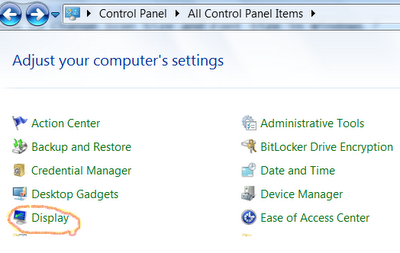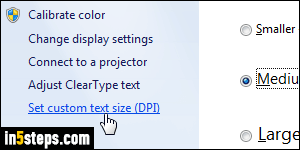
Yet as we focus on our major change initiatives, we often overlook the relatively simple changes that make these screens easier to see. And in most organizations, people rely on screens for these tasks. Organizations often encourage people to use collaborative apps, eliminate paper processes, and adopt mobile workflows. But customized settings aren't always available across platforms: as of December 2017, Twitter on Android omits app-specific font size controls, as does Chrome on iOS. On Android, Chrome offers a Text scaling (Settings > Accessibility > adjust Text scaling slider). On iOS, the Twitter app includes a font size setting (Settings and privacy > Display and sound > adjust slider to suit). In a desktop browser, for example, you can adjust the Google Docs view setting to "Fit" the screen, or to a specific scaled percentage.

Some individual apps also offer customization. As an initial adjustment, you might change the Page Zoom to 125%, along with a Large font size. Both settings are found in the Chrome Settings > Appearance section. A combination of Chrome settings control Page Zoom and Font sizes let you adjust web pages to a suitable scale. The combination of the CTRL key and + makes items larger (and the CTRL key and - similarly reduces display size). You can adjust these settings - in addition to the system scaling - to make text in an individual app easier to see.īrowsers, for example, allow temporary or permanent size adjustments. Where the system scaling settings above affect everything on the screen, these settings more typically affect the content, not icons or controls. Many applications and sites let you adjust text sizes, as well. On an Honor 7x, adjusting both to "Large" (middle) makes fonts and controls bigger than when both are set to "Medium" (right).



On devices that run Android 7.0 or greater, you can adjust both Display Size and Font size settings (left).


 0 kommentar(er)
0 kommentar(er)
